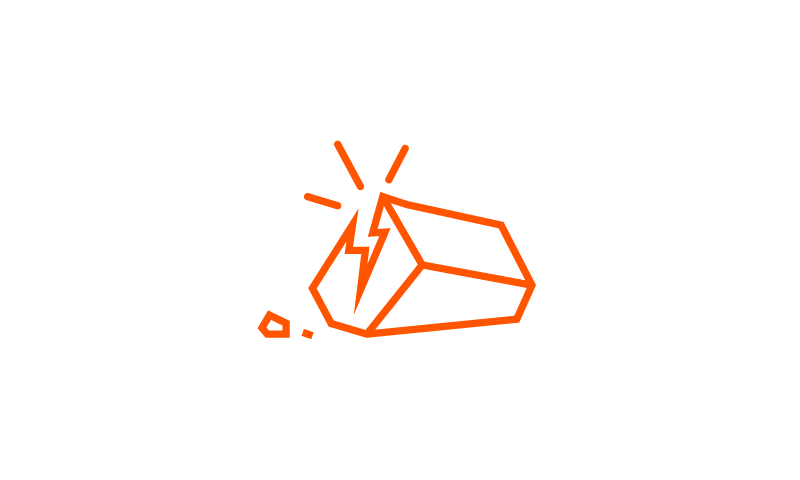The Rise of Commodity ETFs – How to Gain Fuss-Free Exposure
In the face of a global pandemic, geopolitical conflict and significant supply concerns, investors have flocked to commodity exchange traded funds (ETFs) with cash after signs of shortages for metal, energy, and grains would spark hefty returns.
As a result, commodity ETFs have seen significant inflows over the last three years, with funds under management (FUM) for physically backed commodity ETFs jumping almost 60% to $4.5 billion.1
With Commodity ETFs soaring in popularity, we explore the benefits of various commodities and how investors can gain fuss-fee exposure.
Why Invest in Commodities?
Commodities are responsible for powering the global economy. From precious metals such as gold and silver to critical minerals like lithium, copper and uranium, they can drive portfolio results in several ways. There are multiple reasons to include commodities in your portfolio:
- Historically, commodities provide a natural hedge against inflation.
- Commodities can diversify your exposure by incorporating a different asset type, sector or geography into a portfolio. As an added benefit, commodities have a relatively low correlation to other assets, including local and international equities or fixed income.
- Specific commodities can be used to execute views on structural changes in the global economy because they are vital in developing technologies and infrastructure.
Gain Exposure with Commodity ETFs
Commodity ETFs offer convenience, cost-efficiency and inbuilt diversification to your portfolio. However, key considerations when selecting commodity ETFs include how an ETF tracks an underlying index and whether it contains one or multiple commodities.
Physical vs Synthetic
Physically backed ETFs invest in a physical commodity that an ETF provider stores on your behalf. This helps to remove personal storage costs and risks while making the physical commodity accessible via a single trade.
On the opposite side of the spectrum are synthetic ETFs. They invest in derivatives or swaps, rather than physical commodities. This approach often allows investors to access futures markets or assets which are not easily accessible. Carbon allowances for instance, cannot be bought by individual investors but funds like the Global X Global Carbon ETF (Synthetic) (GCO2) open up this market by tracking global carbon allowance prices through futures.
Single vs Basket
Single commodity ETFs have an underlying index that is physically or synthetically backed. For example, the Global X Physical Gold (GOLD) is structured to track the price of gold. Alternatively, you can gain access to a single commodity ETF that packages up a selection of companies that mine or produce a chosen commodity, such as the Global X Copper Miners ETF (WIRE).
However, a commodities basket puts together a strategic mix of commodities to provide investors with broad exposure to an asset class or a subsection. For example, the Global X Green Metal Miners ETF (GMTL) invests in miners and producers of critical minerals that are driving the clean energy technologies and infrastructure transition.
Dig Into the World of Commodities
Multifaceted and multipurpose commodities can play an important role in Australian portfolios. So, whether you’re looking to track commodity price performance or invest in in-demand metals, Global X has a range of fuss-free ETF solutions. To discover our commodity ETFs range, view our funds here.



